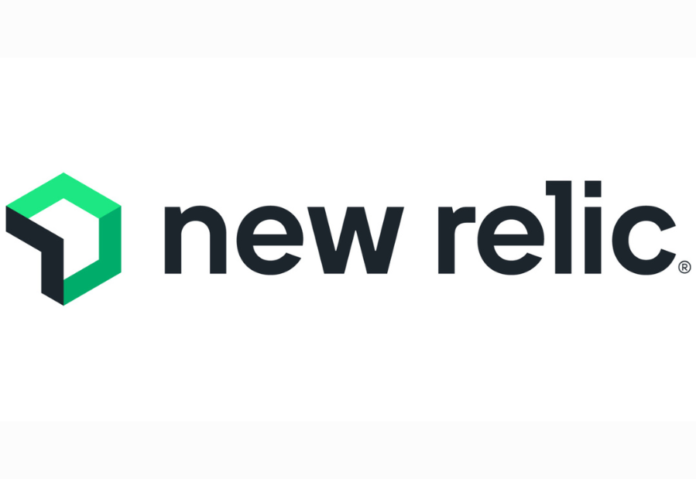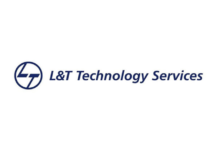
New Relic study reveals the frequency and impact of IT outages, return on investment trends, and key drivers to adoption.
New Relic, the all-in-one observability platform for every engineer, published the 2023 Observability Forecast report, which examines the evolution of observability, its impact on the lives of technical professionals, and businesses’ bottom lines. This year’s report surveyed 1,700 technology professionals across 15 countries, to understand the current state of observability, the areas with the most and least amount of growth, and the external forces influencing spending and adoption. The third annual study is once again the largest, most comprehensive of its kind and the only one to open-source its raw data.
The report reveals that the cost of IT outages was massive in India. Respondents from the country report an median annual outage cost of US$62.79 million, with almost three quarters (74%) saying that the time taken to resolve these outages improved after adopting observability solutions. A vast majority of C-suite executives in India, including 77% of technical-focused leaders and 74% of less technical-focused leaders, were advocates for observability.
According to the research, organisations in India are challenged with tool sprawl. They used more tools than any other country by a wide margin with almost three quarters (72%) using over 10 tools for observability. Although no respondents in India use just one single platform for observability, 51% say they prefer a single, consolidated platform and highlighted too many monitoring tools as the biggest challenge to achieving full-stack observability. Additionally, a third of Indian organisations (33%) say they plan on consolidating their tools next year to maximise the value of their observability spend.
“Tool sprawl and data silos are largely impacting Indian organisations’ ability to reduce downtime and the costs attached to it,” said Peter Marelas, Chief Architect, APJ, New Relic. “The Observability Forecast reveals that 43% of businesses in India have siloed telemetry data, creating blindspots in monitoring and maintaining system health. It’s clear that full-stack observability can help resolve some of the most pressing challenges that are facing Indian organisations.”
The 2023 Observability Forecast found:
-
51% of respondents in India say their organisations receive US$1 million or more in total value per year from their investment.
-
The median annual ROI of observability in India was 114% with more than half (53%) saying observability is key to achieving core business goals.
-
Almost half (45%) of respondents in India stated that critical business app outages cost more than US$500K per hour of downtime.
-
44% of respondents said observability improves revenue retention and 35% said it creates revenue-generating use cases.
-
Globally, respondents with full-stack observability are more likely to experience the fastest mean time to resolution (MTTR) and were 19% more likely to resolve high-business-impact outages in 30 minutes or less compared to those without full-stack observability.
-
While most global organisations still don’t monitor their full tech stack, this is changing. Full-stack observability increased 58% YoY globally. By mid-2026, at least 82% of respondents across the world are expected to deploy each of the 17 different observability capabilities identified in the report.
Observability improves service-level metrics
One of the report’s key takeaways is that organisations that achieve full-stack observability improve service-level metrics — particularly mean time to repair (MTTR) and mean time to detect (MTTD) — and get the most out of their investments. For example, globally, respondents who said their organisation has more than five observability capabilities currently deployed were 40% more likely to detect high-business-impact outages in 30 minutes or less, compared to those with one to four deployed.
As critical business application outages grow ever more expensive, nearly a third (32%) of respondents in India said the cost of that considerable downtime for critical business app outages was more than US$1 million per hour of downtime—more than any other country.
When compared globally, the impact on service-level metrics translates to significant savings. Organisations with full-stack observability had median outage costs of US$6.17 million per year compared to US$9.83 million per year for those without full-stack observability — a cost saving of US$3.66 million per year.
Respondents recognised the high financial stakes attached to observability. When asked to name the most significant business outcome if an organisation did not have an observability solution, they pointed to the concrete impacts of higher operation costs and revenue loss from downtime.
Benefits of Observability
According to the Observability Forecast, practitioners and IT decision-makers in India are seeing clear benefits as a result of their current observability solution. The report reveals:
-
Almost half (46%) of practitioners said it increases their productivity so they can find and resolve issues faster.
-
Over a third (38%) of IT decision-makers said it helps them achieve technical key performance indicators (KPIs) and 42% said it helps them establish a technology strategy.
-
Nearly one-third (32%) of both practitioners and IT decision-makers said it increased operational efficiency.
Trends driving observability
In India, the biggest technology strategy or trend driving the need for observability was the adoption of AI technologies (51%). This was followed by the integration of business apps like Enterprise Resource Planning (ERP) and Customer Relationship Management (CRM) into workflows (46%), and the development of cloud-native application architectures (46%). Almost three quarters (73%) said that security was the most deployed capability, followed by network monitoring (72%) and database monitoring (71%). The security focus reflects the rise of cybersecurity threats and complex cloud-native application architectures that introduce additional risk.
Observability remains a business imperative for forward-thinking enterprise leaders. By mid-2026, 82% or more of respondents across the world expected to deploy each of the 17 different observability capabilities. Most organisations are set to have robust observability practices in place within three years, highlighting the industry’s growth potential.
Research Methodology:
New Relic and ETR surveyed 1,700 technology professionals in 15 countries across Asia Pacific, Europe, and North America. Of the respondents, 65% were practitioners (developers and engineers) and 35% were information technology decision-makers (C-suite executives and non-executive managers). The survey was conducted in March and April 2023 by the research firm ETR. The annual Observability Forecast is the only study of its kind to make its raw survey data open and available to the public for download.
Do Follow: CIO News LinkedIn Account | CIO News Facebook | CIO News Youtube | CIO News Twitter
About us:
CIO News, a proprietary of Mercadeo, produces award-winning content and resources for IT leaders across any industry through print articles and recorded video interviews on topics in the technology sector such as Digital Transformation, Artificial Intelligence (AI), Machine Learning (ML), Cloud, Robotics, Cyber-security, Data, Analytics, SOC, SASE, among other technology topics.





